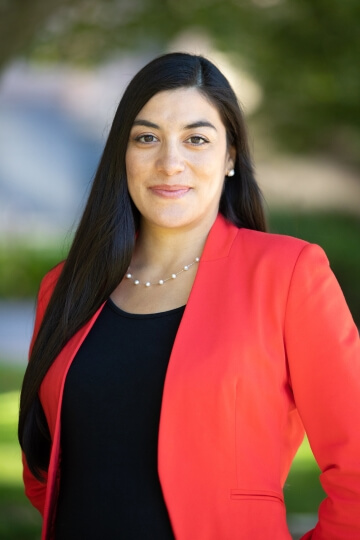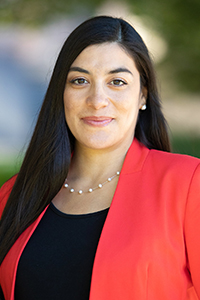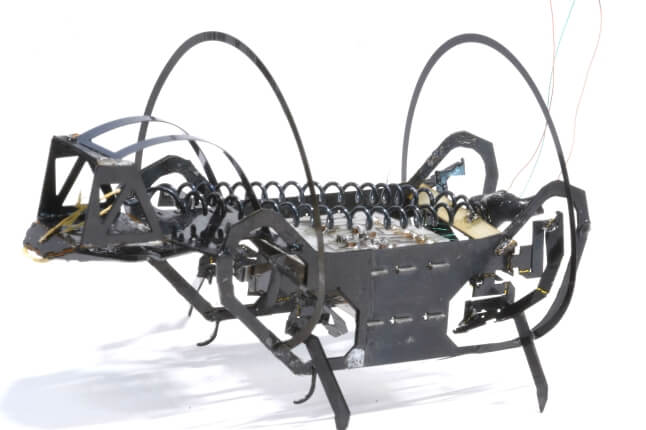News
Stephanie Gil (Photo courtesy of Eliza Grinnell/Harvard SEAS)
Scientists have long viewed robots as potential game changers in the way search and rescue missions are conducted, or how goods and services are mobilized across cities, especially when conditions make human intervention difficult or perilous. But there are myriad technical obstacles, and when the goal is for many robots to work together, those challenges become even more complex.
Computer scientist Stephanie Gil develops algorithms that help robots coordinate to achieve important tasks. For example, by plucking valuable information from the communication signals robots transmit, her work shows that robots can coordinate even in challenging vision-degraded environments, or when robots are hacked. One of her lab’s ongoing efforts is to develop “communication as a sensor,” an approach that seeks to enable very small, constrained platforms to sense over their communications channels. In the future, this capability could be extended to a swarm of insect-sized robots.
This fall, Gil brought her communication-as-a-sensor research to the Harvard John A. Paulson School of Engineering and Applied Sciences (SEAS), where she joined the faculty as Assistant Professor of Computer Science.
Gil’s research approaches communication as sensor in two ways.
“If you have a network, then robots can share information with each other even if they are spatially distant,” she said. “They can sense different parts of the environment, and by sharing that information they can put together a global picture. I like to call that democratized sensing because you essentially are leveraging sensors that are not just on your physical body but also on your neighbor’s; you are leveraging your whole neighborhood.”
The second theme in her lab is to find techniques for gleaning information from signals that can enhance the security of multi-agent systems and improve decision making. When two robots communicate with each other over a wireless signal, that signal interacts with the physical environment as it travels.
“If we can recover some of the information from that signal, for example, what direction it came from, then we can use that information for validation purposes,” Gil said. “For example, was the sender unique? Or was there some kind of attack on the system, such as a Sybil Attack, where some agents are mimicking other agents in the network?”
Gil is exploring these problems and their impact on multi-robot applications ranging from search and rescue to autonomous vehicles, as part of the National Science Foundation CAREER Award she received in 2019. She also was awarded a Sloan Research Fellowship earlier this year.
Gil said she views SEAS as an ideal environment for her teaching and collaborative research. She joins a dynamic and highly productive group of Harvard roboticists across the School’s computer science, electrical engineering, and mechanical engineering faculties.
“Colleagues here are doing wonderful things that are complementary to the things we’re doing in my lab. I am excited by growth SEAS is experiencing, including the new building and the core research facilities,” she said. “Another thing I really like about Harvard is the focus on diversity, inclusion and belonging. Being able to contribute to that is very exciting.”
This year, she is teaching a seminar course on multi-robot systems.
Gil, who earned her PhD from MIT, arrived at Harvard from Arizona State University where she was an assistant professor.
Topics: Robotics
Cutting-edge science delivered direct to your inbox.
Join the Harvard SEAS mailing list.
Scientist Profiles
Stephanie Gil
Assistant Professor of Computer Science




